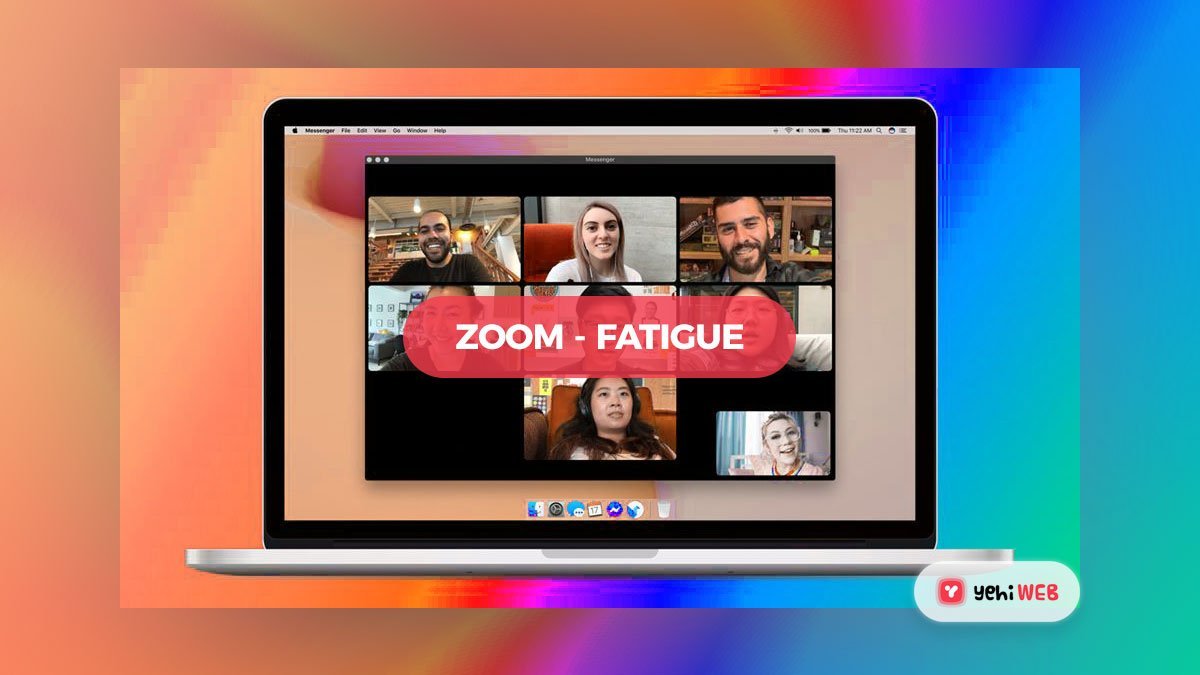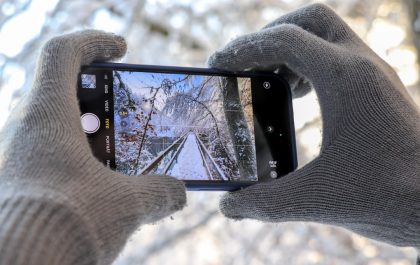It’s all about looking at yourself, and the silences.
Researchers who are overwhelmed and drained by frequent video calls have created a schism with those who excel in a virtual, work-from-home environment.
Months after social distancing initiatives forced workshops, conferences, conferences, and casual events online, a growing number of researchers are experiencing the symptoms of ‘Zoom fatigue,’ a recent phenomenon triggered by repeated and lengthy encounters with colleagues and students using video conferencing software.
A number of researchers are experiencing the influence of ‘zoom fatigue,’ a recent development brought on by regular, intensive contact with peers and students with video conferencing equipment, months after workshops, conferences, and casual meetings were pushed onto the internet due to social distancing measures.
Irene Manzella, a lecturer in geology at the University of Plymouth in the United Kingdom, says,
“I had 7 hours of Zoom in a row yesterday: two meetings, a workshop, a course, and a PhD viva.”
“The last three overlapped, which means that I partially followed them with two screens at the same time.”
She goes on to say that early- and mid-career researchers are particularly vulnerable to burnout because they are “constantly [being] pushed to do more, demonstrate more, let the academic world know you exist as a scientist and your institution know you deserve recognition.”
Zoom Fatigue, Not in the least natural.’
For some, it’s not just the expanded number of meetings; it’s also the video conferencing format, which is more mentally taxing than typical face-to-face catch-ups.
“No one enjoys staring at themselves for long periods of time, and you’re staring at a bunch of big faces. “It’s not natural,” Libby Sander, an assistant professor of organizational behavior at Bond University in Queensland, Australia, says.
Sander is investigating the negative consequences of having to work from home with her colleague, Oliver Baumann.
Our brains rely on the automated interpretation of nonverbal signals when we meet in person, according to Baumann.
“We don’t have to think about it; our brain detects and adjusts to certain patterns of emotion and social interaction,”
Baumann notes. This encourages one to reflect on what is being said. We have a hard time inferring these hidden hints when we’re video conferencing.
There are a number of other explanations why Zoom meetings can look unnatural.
People are much more self-aware of their own faces when video-conferencing, so they prefer to downplay emotional responses to items. When people meet in person, they have the choice of staring out the window or down at their notes, but when they meet online, they are under intense pressure to be careful.
‘A pinhole to talk’ ‘
Many academics have started to use Zoom and other video-conferencing methods to deliver presentations, which has created a new range of issues.
One challenge, according to Maria O’Sullivan, a senior lecturer in the Faculty of Law at Monash University in Melbourne, Australia, is that students are frequently unhappy with being seen in their homes and prefer to turn off their cameras.
“As a result, even though I may have 30 to 40 students in the Zoom, it can feel as if I’m speaking to a computer. Lectures become tiresome without further substantive human contact, according to O’Sullivan.
According to Pablo Nepomnaschy, an associate lecturer in health sciences at Simon Fraser University in British Columbia, Canada,
lecturers can’t “read the lecture hall” because many foreign students have returned home to various time zones and don’t watch lectures live.
“We can’t tell if our students are grasping our explanations, we can’t hold debates, and we can’t effectively use humor or other emotions – all powerful tools for getting them to think,” he says. “We’re stuck talking to a pinhole and pretending it’s our 276 students.”
For others, there are advantages
Zoom fatigue does not affect everyone. Video conferencing has replaced the lengthy, wasteful sessions in the pre-pandemic office, according to Susannah Maidment, a paleontologist, and curator at the Natural History Museum in London.
“I really like the new online format that lockdown has mandated,” Maidment says. “People only call a virtual meeting when absolutely necessary, and the meetings are much shorter. I will turn the volume down and get on with other jobs if part of the meeting isn’t important to me.”
Others argue that the lockdown has encouraged coworkers who have historically been resistant to emerging technology to adapt, resulting in increased contact between teams operating in different places.
Heather Stewart, a senior lecturer at Griffith University’s Business School in Queensland, argues that
“the geographical boundaries have fallen down” between researchers distributed over two campuses an hour apart.
She is also routinely video conferencing with friends with whom she had previously had no contact.
Sanders believes that some researchers, especially those in remote teams, were more prepared for the lockdown than others and that it has been more difficult for teams that usually operate in the same lab or office to
“maintain their usual rapport and camaraderie over a video link.”
The concern now is whether we can continue to use video conferencing applications after the lockdown is lifted.
“I’m hoping that now that we’ve all gotten over the hurdle of virtual meetings, we’ll be having them much more frequently when we get back to work,” Maidment says.
Although such apps will continue to play a part in our work lives, we can’t keep using Zoom to connect forever, according to Baumann.
“If it’s only for a short time, we’ll get through it, but I don’t think this is a long-term strategy.” It’s not a good place for meeting new people or beginning new projects.”
Saad Shafqat
Related posts
New Articles
How to Sell on OfferUp: Step-by-Step Guide
Got stuff lying around your house? Want to turn it into cash? OfferUp is a great way to get started!…


